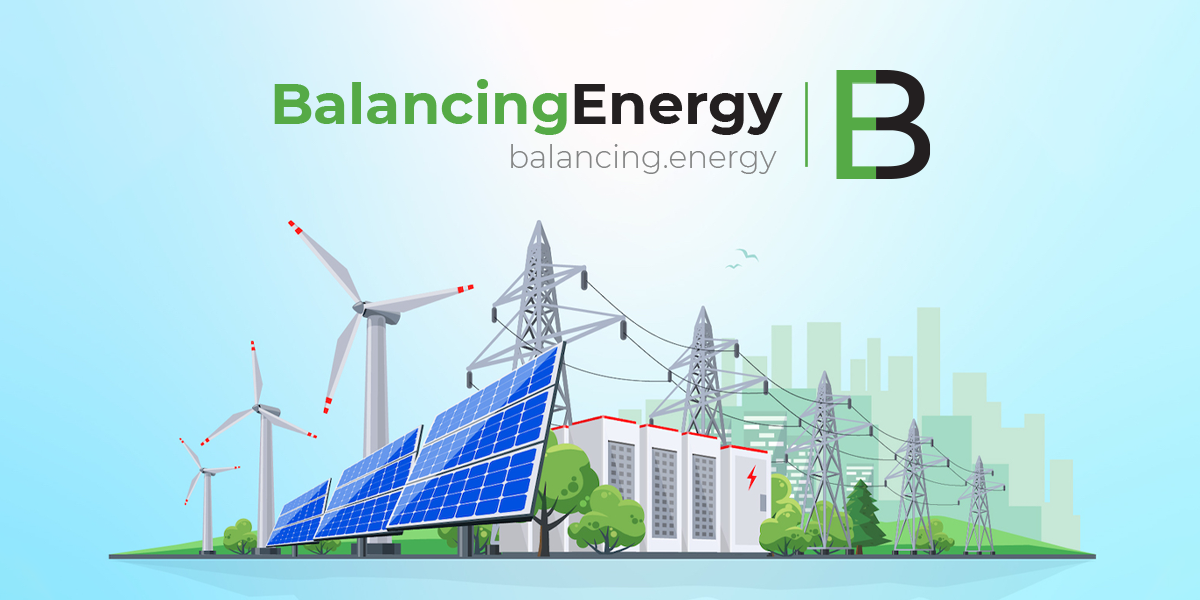At the Days of Energy and Investments, panel discussions were held dedicated to regulatory, technical, market and financial conditions for the development and implementation of RES projects.
The main conclusion is that the transmission system operator and the market are burdened with 16.2 GW of requests for connection to the Electric Grid of Serbia.
That figure was disclosed by one of the panelists, Nebojša Vučinić, director of the Directorate for Development of the Electric Grid of Serbia, who said that the number of requests has increased dramatically since April last year (when the Law on the Use of Renewable Energy Sources was adopted), and that the number of requests has recently doubled. for large solar power plants compared to wind farms.
Apart from Vučinić, the panelists were SEEPEX director Miloš Mladenović, project manager Elicio Dušan Opačić and member of the RS Energy Agency Council Aca Marković.
Moderator Nenad Jovanović summarized the impressions from the panel in several most important points:
– After the adoption of the Law on Energy, in April 2022, the number of requests to EMS for connection tripled. The advice to investors is to be more realistic with project capacity requirements and deadlines;
– The inter-day market is expected in the second quarter of 2023, which is only one of the stages for better integration of RES;
– The quota (in MW) for solar power plants has not yet been proposed by the MRE, so it is very likely that the AERS has no basis to propose premium prices for auctions this year;
– A message to the Ministry to adopt NEKP as soon as possible, to propose quotas for all RES in order for AERS to determine the maximum prices of premiums, as well as to speed up the development and refinement of regulations concerning the integration of RES;
– EMS has joined the IGCC, one of the 4 unique EU balancing platforms, which will enable more efficient operation of the EES system because the balancing reserve will be optimally engaged, and it will enable participants to have lower balancing costs.
The speakers at the financial panel agreed that the market is choked with unfounded demands and that apart from the network, such a hyperproduction of projects could not be sustained and financed by the banking sector. The panelists were Pavle Milekić, EBRD principal banker; Vladimir Milanović, general manager of Masdar Taaleri Generation; Aleksandar Savić, Director of the Directorate for Public Sector Affairs and Specialized Financing Erste Bank Serbia and Stefan Jevremović, Team Leader ACB Insurance.
Moderator Milica Popović, a partner in CMS, summarized the conclusions of the panel in several most important impressions:
– 16.2 GW of capacity is not realistic because the amount required to finance those capacities exceeds the possibility of total credit placement in Serbia;
– Both commercial and development banks are of the opinion that regulators must follow the market’s demand in terms of the speed of auctions, leased capacities and the like;
– Banks expect that, in addition to the existing ones, they will introduce additional requirements for investors in terms of environmental protection, and in this sense, some projects that do not comply with ESG measures will be rejected or will be financed at significantly higher interest rates;
– Insurance is an important and sometimes decisive factor in the financing of energy projects. Under the pressure of the market, insurance companies invent new insurance products and are of the opinion that the flow of transactions would be much easier if insurers were involved in financing projects at the stage of structuring transactions;
– Bearing in mind that the new minister of energy comes from the finance sector, it is expected that she will have a better understanding of the needs of the financial sector regarding the bankability of sustainable energy projects;
– Masdar Taaleri announced the construction of the Chibuk 2 wind farm as planned by the end of 2024, OIE writes.










